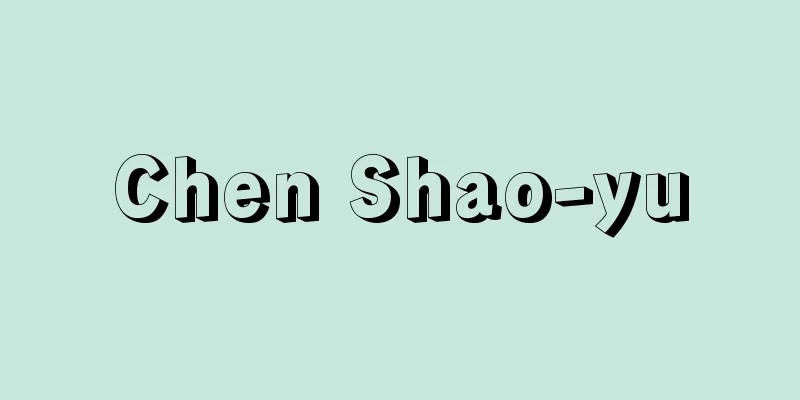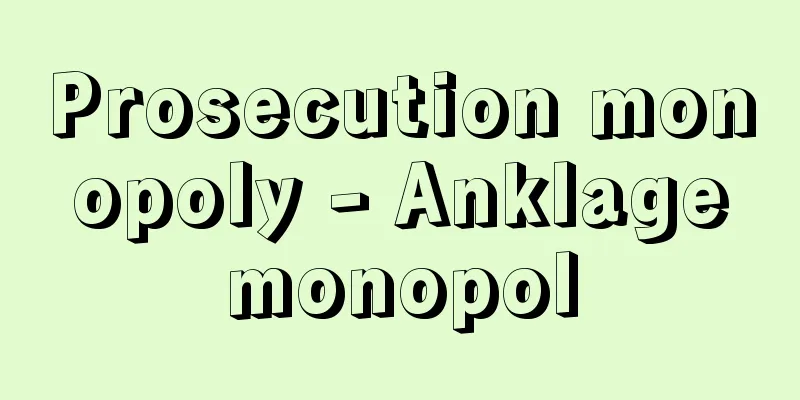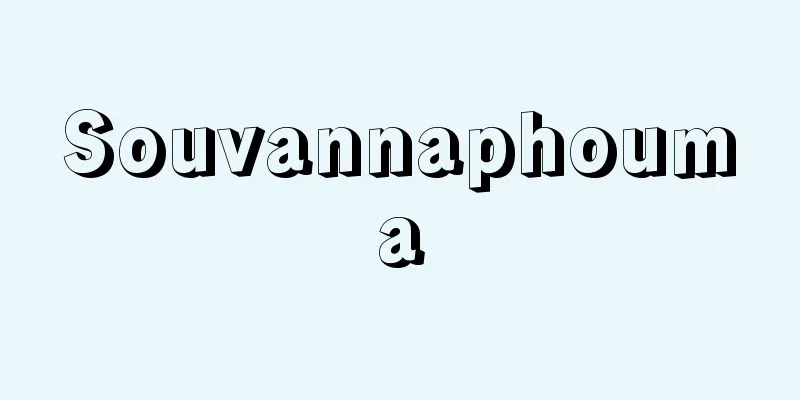Chen Shao-yu

|
[Live] Guangxu 30 (1904).4.9. Anhui, Lu'an [Died] March 27, 1974. Moscow. Chinese politician. For a time, the highest leader of the Chinese Communist Party. His pen names were Wang Ming, Shao Wang, and Mu Shi. He became a student activist at Wuchang Business University (some say Shanghai University), and studied at Sun Yat-sen University in Moscow from 1925 to 1927, where he joined the Communist Party. He was supervised by vice president P. Miff, and after graduation, he remained at the university and was also involved in Comintern activities. He returned to China in the fall of 1929 and worked in the Central Propaganda Department, etc., opposed the Li Lisan line, and caused Li Lisan to fall from grace. At the Fourth Plenary Session of the 1918 CPC Central Committee in January 1931, he became a Central Committee member and Chief of the Central Politburo. Together with Qin Bangxian, he established the leadership of the so-called third far-left line, which continued until the Zunyi Conference in January 1935. He stayed in Moscow from 1931 to 1937 as the Chinese Communist Party representative in Comintern. He led the policy shift to an anti-Japanese united front in the August 1 Declaration in August 1935. He returned to China in November 1937 and was elected deputy director of the United Front Work Department and one of the Communist Party representatives in the National Political Parties. He envisioned an anti-Japanese national united front centered on an alliance with the Kuomintang, which led to conflict with Mao Zedong, and he rapidly lost influence from around 1940. With the establishment of the People's Republic in 1949, he was appointed deputy director of the Political and Legal Committee and director of the Legislation Committee of the Executive Yuan, but was removed from all government-related positions when the government was reorganized following the establishment of the Constitution in September 1954. He was re-elected as a Central Committee member at the Eighth Party Congress in September 1956, but this was only nominal. He went to Moscow in 1956 and, during the Cultural Revolution, began criticizing the Cultural Revolution and Mao Zedong from March 1969, when the revolution was in full swing, and died there. His books include "Policies to Resist Japan and Save the Nation." Source: Encyclopaedia Britannica Concise Encyclopedia About Encyclopaedia Britannica Concise Encyclopedia Information |
|
[生]光緒30(1904).4.9. 安徽,六安 [没]1974.3.27. モスクワ 中国の政治家。中国共産党の一時期の最高指導者。筆名は王明,韶王,慕石など。武昌商業大学 (上海大学との説もある) で学生活動家となり,1925~27年モスクワの中山大学に留学し共産党に加入。副学長の P.ミフの指導を受け,卒業後も大学に残ってコミンテルンの活動にも従事。 29年秋帰国し中央宣伝部などで活動,李立三路線に反対,李立三を失脚させ,31年1月の四中全会で中央委員,中央政治局長となって,秦邦憲とともに以後 35年1月の遵義会議まで続くいわゆる第3次極左路線の指導体制を築いた。 31~37年モスクワにコミンテルン駐在の中国共産党代表として滞在。 35年8月の八・一宣言で抗日統一戦線への政策転換を主導。 37年 11月帰国し,統一戦線工作部副部長,国民参政会の共産党代表の一人に選ばれた。国民党との提携を中心とする抗日民族統一戦線を構想したため,毛沢東と対立しはじめ,40年頃から急速に影響力を失った。 49年人民共和国成立とともに政務院政治法律委員会副主任,法制委員会主任に任命されたが,54年9月憲法制定に伴う政府改組に際して,すべての政府関係の官職からはずされた。 56年9月の八全大会で中央委員に再選されたが名目的なものにすぎなかった。 56年モスクワへ行き,文化大革命期の 69年3月から文革批判,毛沢東批判を行い,当地で死去。著書に『抗日救国政策』などがある。 出典 ブリタニカ国際大百科事典 小項目事典ブリタニカ国際大百科事典 小項目事典について 情報 |
<<: Chen Sheng and Wu Guang (English spelling)
Recommend
Ivanhoe - Ivanhoe (English spelling)
A historical novel by the British novelist Walter...
Azusa Shrine Maiden - Azusa Miko
catalpa bow Azusa Yumi A woman who strikes the st...
Milos (Island)
Melos is a volcanic island in the Cyclades group o...
chop
…Here, I will only give a few examples that are e...
Battle of Ujigawa
(1) A battle in 1184 between the armies of Minamot...
Orthoraphim
…It is a temperate forest plant that grows in Hok...
Pearl Harbor attack
In the early hours of December 8, 1941 (December 7...
Roving frame - Sobouki
In the spinning process, this machine stretches th...
Anju
...It consists of three volumes. It tells the sto...
Alexandros (Legend) (English spelling) Alexandros
…son of Priam and Hecuba. Also called Alexander (...
Keio Teito Electric Railway
A private railway with 84.8 km (1997) of railway l...
Barangay - Barangay (English spelling)
Social organization in the Philippines during the...
Suita Incident
On June 24, 1952, workers, Koreans and students g...
Ra - Ra (English spelling)
In ancient Egyptian religion, he was the original...
Ofuku (person's name) - Ofuku
...She was the wet nurse of Tokugawa Iemitsu. She...









